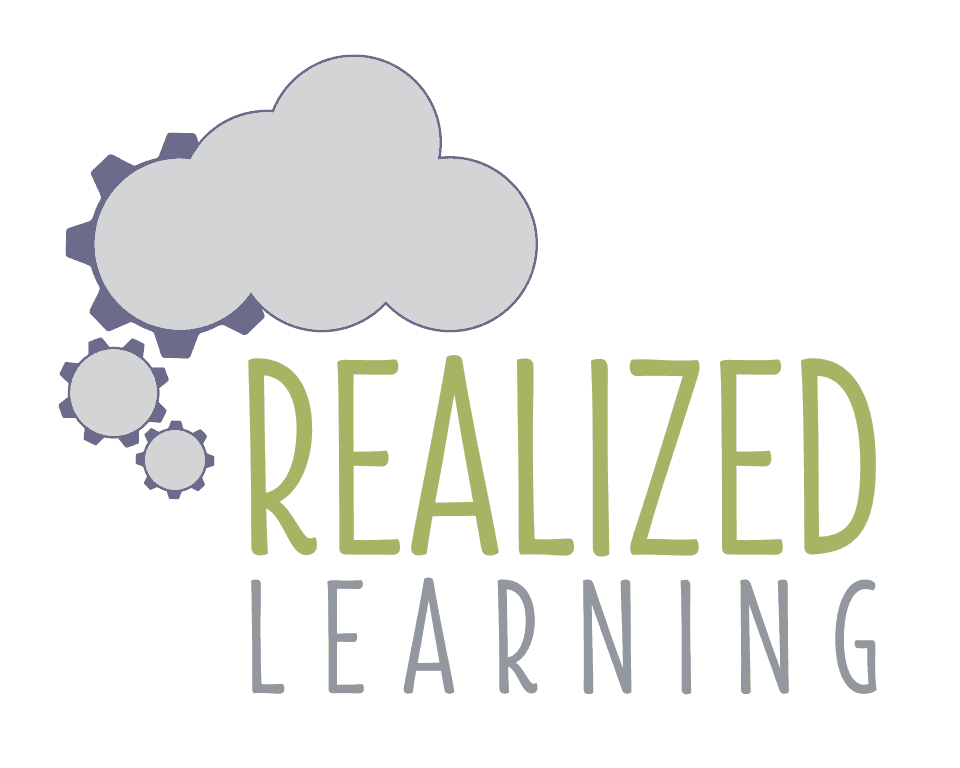Words are not always used with the literal meaning intended. Strong readers are able to understand the figurative meaning that often eludes readers who struggle with comprehension. In fact, you can have a large vocabulary, strong decoding/word attack skills, and good fluency, yet still misunderstand an author’s meaning.
The dictionary definition of a word is know as the “denotation”. I teach my students to remember that both start with the letter ‘d’. But that is only a piece of the puzzle to understanding the deeper meaning a word can possess, depending on how it is used and the context. The “connotation” tells us a word’s intended or suggested meaning based on the ideas and feelings it evokes. For example, the adjective “young” literally means: having lived or existed for only a short time. However, depending on how the word is used, “young” can have positive or negative connotations. “Young” could be used to show inexperience, immaturity, weakness, or unpreparedness. But “young” could also be used to show liveliness, energy, fresh beauty, or newness. This is a little bit trickier, especially for children who are very literal in their thinking.
The connotation of a word is just as important as the denotation in unlocking the meaning of a text. Particularly as students move from lower elementary into the upper elementary grades, texts feature more of this kind of abstract word usage and it can be challenging for many students as they learn to “read between the lines”. This can be especially difficult for students on the autism spectrum who tend to be very literal in their thinking. Below are some resources and strategies to help your child or student navigate these comprehension conundrums.
Start Small
I like to introduce the concept of denotation and connotation to my students and explain what it is. Often times, students are aware that words can mean more than just what the dictionary says, but they’re not sure how to crack the code. I start with a simple word that’s easy, such as “hot”. I then ask the student what the word means. After that, we generate negative and positive ideas about the word. For example, your child might explain that when it’s very hot outside, it’s sweaty and difficult to do work. Or they might point out that a hot cocoa is really tasty and special on a cold day. Practicing with single words like this is an easy and fun stepping stone to understanding a word’s meaning in a sentence or paragraph. This FREE Teachers Pay Teachers resource is one of my favorites. It has coloring and fun activities.
Positive and Negative
Similar to the activity linked above, giving your child two words and asking them which has the more negative connotation is helpful. For example, “debate” or “argument”, “pushy” or “assertive”. Super Teachers has some great practice sheets for this skill and can be found here.
Choose the Right Word
Two words can share the same dictionary meaning, but one may be more appropriate or fitting depending on the sentence. Give your child a sentence with two choices of similar words and ask them to pick the one that sounds right (be sure to pick words your child knows the dictionary definitions of). Ask your child to explain why they made their choice. For example: The father (smiled, smirked) tenderly at his newborn baby. The word “smiled” is more fitting here because is connotes happiness and joy whereas “smirked” is often used as a term for mockery or smiling when you’re not supposed to. This resource is a great tool, especially for upper elementary and middle school students. There are activities to choose the more suitable word as well as come up with negative and positive connotations for words.
Reading
Reading out loud is important for fluency and practicing decoding, but it is also important for comprehension. During your child’s 10-15 minute daily read aloud time, sit with them and listen as they read. If you notice a word that has been used to connote a certain idea or feeling, pause and draw your child’s attention to that. Ask them to explain what they think the word means in that sentence. If your child is struggling, you can go back to basics and talk about the positive and negative ideas surrounding the word. Ask your child which ideas and feelings the author was trying to convey to the reader. Putting the skills into practice by reading real text is the most effective way to solidify the skill.
